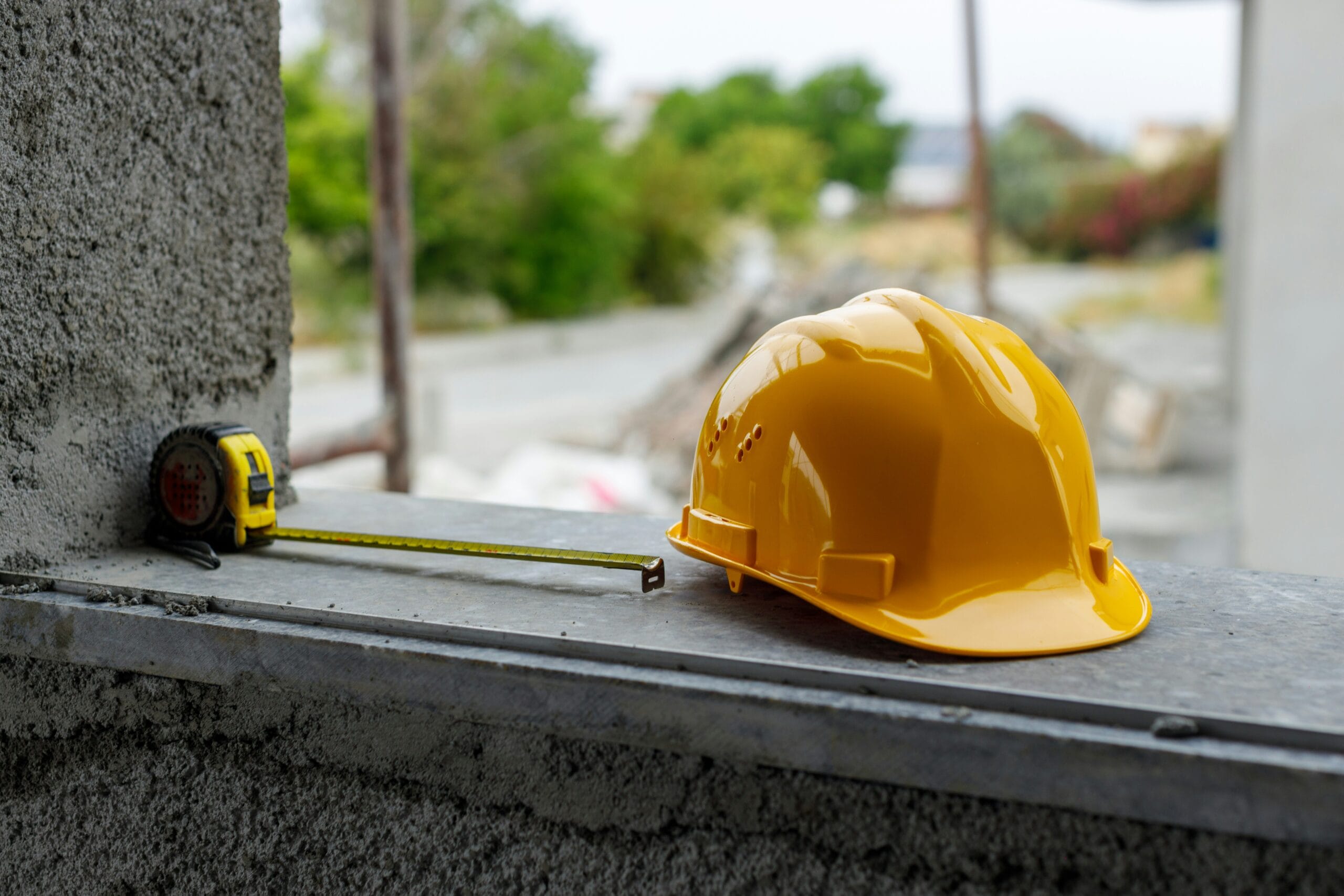Africa’s construction industry is getting a much-needed digital facelift – and artificial intelligence is holding the blueprint.
While cement and scaffolding still rule the job site, AI is quietly making its mark – from predicting safety risks and optimizing project timelines to helping architects whip up smarter designs. It’s not just about shiny new tech, though. It’s about building better, faster, and greener. But, as with any major upgrade, there are some wrinkles to iron out – starting with jobs.
AI: The New Tool in the Toolbelt
Let’s get one thing straight: AI isn’t about replacing people with robots (no need to panic about cyborg site managers – yet). Construction is still deeply reliant on human intuition, craftsmanship, and judgment. But AI? It’s that hyper-organized intern who can crunch insane amounts of data, spot potential delays before they happen, and basically keep everything humming behind the scenes.
For project managers, AI means fewer surprises and smarter decisions. For workers, it means more support and fewer headaches.
The 3D Printing Revolution – Still on Draft Mode
While AI is gaining traction, other tech trends – like 3D printing – are still stuck in beta mode across much of the African construction sector. That’s a missed opportunity.
Take Malawi, for example, where the world’s first 3D-printed school was built in just 18 hours. That’s no typo. Eighteen. In a country where building enough classrooms using traditional methods would take 70 years, that’s a literal game-changer.
3D printing isn’t just fast – it’s also greener. In manufacturing, it’s already reducing waste and emissions by creating parts on demand. Imagine what it could do if widely adopted across construction sites in Africa.
Rethinking What “Sustainable” Really Means
Let’s bust a myth: sustainability in construction isn’t just about rooftop gardens and solar panels. It’s a full-circle philosophy that includes social, economic, and environmental impacts.
Take road building, for instance. A sustainable project doesn’t just lay asphalt – it considers local ecosystems, nearby communities, and job creation. Even demolition deserves a rethink: tearing down old buildings that could be repurposed is not only wasteful – it’s culturally short-sighted. Preserving and renovating heritage buildings helps maintain identity and reduce carbon emissions. Double win.
Going Back to Go Forward: The Traditional Construction Comeback
Here’s where it gets really interesting: some of the smartest construction innovations in Africa might actually come from the past.
Traditional building methods using local materials like bamboo, mud, gravel, or raffia weren’t just beautiful – they were practical and efficient. Natural light, ventilation, climate control – built right in. No apps required.
By reviving these techniques, we get buildings that are affordable, sustainable, and totally rooted in African identity. Plus, using local labor and materials supports the community and boosts the economy. Think of it as “heritage meets high-tech.”
The Future: Where Concrete Meets Code
From AI-assisted project management to 3D-printed schools and bamboo homes, Africa’s construction industry is on the cusp of something special. The key isn’t choosing between tech and tradition – it’s blending both to build smarter, faster, and more sustainably.
With the right mix of innovation, cultural awareness, and common sense, Africa can lead the way in building cities and communities that work for the people and with the planet.
And that? That’s a foundation worth pouring.






